AREQUIPA
Days spent: 2 + 1/2
Days recommended: if you happen to be around in the rainy season, I would consider twice whether to stop there at all. Otherwise 2 or 3 days.
Where we slept: Casa de Silar. Set in a typical Arequipa courtyard. Our double room was quite cheap but very shabby and not welcoming. Looked more like a monastery cell. Also, the exposed wires on top of the shower didn’t look too attractive.
What we ate: Germans: you know nothing about potatoes! Especially when your variety is compared to the Peruvian’s! At Hatunpa we tried an all potato based meal, and it was sehr lecker!
We also gave in to some samples of stone cooked pre Incan food, which is said to hold the secret of eternal youth (maybe because of the lack of oil or butter?)
Last but not least CUY, aka guinea pig at quite fancy Lo Zingaro. Yes, I know it’s bad for a small animals vet to eat his own clients, but it was a once in a lifetime experience. Also because I won’t ever do this again since it left me quite unimpressed. In 3 words? Chewy, bony, hyper-fat. The creepiest part was being asked if I wanted the head to be chopped off or not…
What we drank: wine and chicha morada.
How we travelled: by bus from Puno. What was supposed to be one of the most harmless and shortest journey of our South American adventure, turned out to be one of the worse and we actually got this close to not even get to our destination. Long story short, the only way to access to Arequipa is through a almost 5000 metres above sea level foggy and windy mountain pass. The visibility is really close to zero, however the drivers don’t really seem to care and carry on racing through the curves in Gran Turismo style. But shit does happen sometimes. After a sudden bend of the street, our bus came across a broken down car and swiftly steered on the right side to avoid it. Results? The bus went down a steep slope and stopped, by chance, few metres away from a ravine. I was asleep in that moment and thought I was dreaming of falling. Got quickly awakened by the other passengers’ terrified screams. Nobody came to apologise or tell us what had just happened or ask if everything was fine. And nobody questioned it. After few minutes all the locals that were travelling with us got back to whatever they were doing before, as if they were too used to these kind of stuff to be really bothered. Just me and Isa couldn’t move or breathe for the rest of the journey.
Km walked: 16
How Arequipa affected our wallets: food and activities (Colca canyon tour) are not cheap. Public transports are still a bargain.
Issues we encountered: apart from almost dying on a mountain pass and every time we tried to cross the street in Arequipa downtown, I’d say just having to deal with a very depressing weather, aware that Arequipa has the reputation of being one of the sunniest cities on earth! So annoying.
Would we recommend it? Yes, if you’re not tight with time.
Analogue tips: Maybe don’t be as dumb as me and make sure that your camera is loaded properly before starting to shoot. Otherwise maybe pick some higher ISO films and a tripod in order not to miss the indoors details of the monastery and the market.
What to do:
- Colca canyon. Described as one of the unmissable attractions of Peru, this river canyon, known as one of the deepest in the whole world, is famous for being the cradle of pre Incan cultures and for giving home to the Andean condor. You can choose between a 3 days trekking experience or a 1/2 days tour. Trusting the unfavourable weather forecasts, we opted for a 1 day tour. WRONG! This was a very stupid decision since we felt like being on a hop on – hop off tour for elderly people. The overall experience was quite disappointing to be fair, starting from a non sense 2.30 AM alarm when we got eventually dropped off before 4 PM, a series of tourist rip off stop overs and the non-sense fixed schedules. The most absurd moment occurred when we finally reached the highlight of the tour: el mirador cruz del condor, a scenic point where you’re supposed to witness the majestic condors gliding over the canyon. Nope, that didn’t happen. In that specific spot the fog was so thick to make it literally impossible to see anything past the tips of our nose. It was a matter of a 30 minutes wait and the fog would have cleared out. However, the tour had some hot springs scheduled (which turned out to be lukewarm, overcrowded and not so attractive) and there was no time for waiting any further.
- Mercado San Camilo. My personal favourite South American indoors market. From the smiling fishmongers, proudly bragging about the size of their daily catch, to the friendly old butchers and their tips on traditional dishes made out of fresh bull’s testicles, to the ladies laughing while you’re trying to snap a picture of their goods. Nobody hiding, nobody yelling at you. This market has the positive vibes and the welcoming attitude that I was craving for and never came across while we were in Bolivia.
- Monasterio Santa Catalina. Neither me nor Isa are normally big fans of monasteries, churches or religious places, however, this place made an exceptions. Big enough to look like a village inside a city, with its colourful alleys, exotic flowers and, not uncomfortable as you might think, nuns’ cells (each with its own private garden), the labyrinth-esque monastery kept us busy for a good couple of hours.
- A free walking tour. Why not? Ours was a bit of different one since it focused more on wool handicraft and typical gastronomy. Some cultural insights were also provided.
Things we missed: the sun.
Who deserves a big thank you: Steffie and Wilem, for loving food as much as we do, downscaling our bad luck with the weather and gastrointestinal viruses, and telling us how not to be ripped off in Machu Picchu.
CUSCO
Days spent: 3
Days recommended: 3
Where we slept: private double room at Casa Real Hotel . After Arequipa’s shabby room, me and Isa felt like we really deserved somewhere clean and comfy. This place is not hip, nor artsy nor social. However, its almost maniacal cleanliness, silence, tidiness and impeccable breakfasts matched perfectly what we needed in that precise moment.
What we ate: chocolate (loads), chifa (yummy and cheap Chinese and Peruvian fusion), panceta de cerdo nikkei (a fusion peruvian/japanese recipe), tacu-tacu criollo (a mashed beans based traditional dish), causa (a glorious potato based starter, very often served with seafood or shrimps), sopa criolla (beef, aji panca – a Peruvian chili – and angel hair soup), arroz de marisco (rice with seafood) @ the unmissable Morena. This restaurant was so good that we couldn’t help but going back the following day (something that we normally really don’t do).
What we drank: more chicha morada and pisco sour (we did a pisco sour tasting @ Peruk. Doubtlessly 100 times better than the Chilean one. Sorry guys)
How we travelled: by night bus from Arequipa (10 hours). I guess travelling by night, unaware of how dangerous, steep and curvy the streets were, was somehow better. Ignorance is bliss. Got anyway awakened a few times by a sudden steer or a hard braking. Once in town, everything’s at a walkable distance.
Km walked: 26.5
How Cusco affected our wallets: moderately. Cusco is a very touristic city and this reflects on the prices.
Issues we encountered: none. We really had the feeling we could let our guard down for a few days.
Would we recommend it? Of course. Not only Cusco is the perfect base for arranging Machu Picchu and day trips to other mesmerising Inca ruins, but, with its buzzing gastronomic scene and fascinating historical background, it’s also a gem to discover.
Analogue tips: again, a wide angle lens for the sacred valley ruins.
What to do:
- A chocolate class. Sometimes it’s mandatory to take a break from hardcore backpacking and treat yourself with a lazy day and quite ignorant activities. The chocolate class at the Chocomuseo fits perfectly the description. Between the highlights: Isa and Felix competing to win the title of best cocoa beans grinder, my not so smart idea to make chocolate with sea salt and salted peanuts (and the even smartest idea to mix these disgusting creations with the good ones and leaving the surprise effect), feasting with the melted chocolate leftovers of our not so greedy class mates.
- Tempio del Sol/Qorikancha. Not much is left of the original Incan sun temple. All the gold had been taken by Spanish conquerors and the original structure had been converted in the convent de Santo Domingo. However, the fascinating earthquake resistant Incan stones are still there to be seen. And it’s quite an impressive show.
- Sacred valley. Because you don’t go to Cusco just to see Machu Picchu. The sacred valley host several other mysterious locations which, apart from being incredibly eye candy, are doubtlessly hints of how innovative and ingenious the Inca were. Whether you climb on top of Písac’s village ruins, marvel at Moray’s several terraced circular depressions, or tiptoe in between Maras’ salt evaporation ponds, you can’t help but thinking how much more the Inca could have accomplished in terms of architectural/agricultural/hydraulic development if only the conquerors hadn’t put an end to their empire. Cherry on top would be also stopping by Chinchero’s handicraft market and hyper kitsch church.
- Free walking tour (free tours by foot). Plaza Regocijo, Plaza San Francisco, market, Plaza de Armas, Inca’s palace, Piedra de los 12 angulos… One of Isabel’s favourite since our brutally honest guide, Elvis, had an incredible knowledge and sincere passion for his city’s history and culture. I was very sleepy that morning and struggled to keep up with the crazy amount of information our brains got bombarded with. However, I have to admit, it was the best insight on ancient Incan and modern Peruvian culture we had ever been given.
Things we missed: some other Incan ruins in the sacred valley.
Who deserves a big thank you: Felix and Anita for making those Cusco days unforgettable. For an irresistible series of hilarious moments, surreal future plans (jointed sphinx cats business, just to mention one) and for stripping down like real friends do. Can’t wait to feast again with you two.
LC-A+, Fuji Velvia 100 / Lomochrome Purple 100-400 (35)
Olympus OM-10, Fuji Velvia 100 (35)
Canon EOS 300, Fuji 200 (35)
Olympus OM-1, Fuji Velvia 50 (35, expired)
23-26-27/01/2017 Puno, Peru

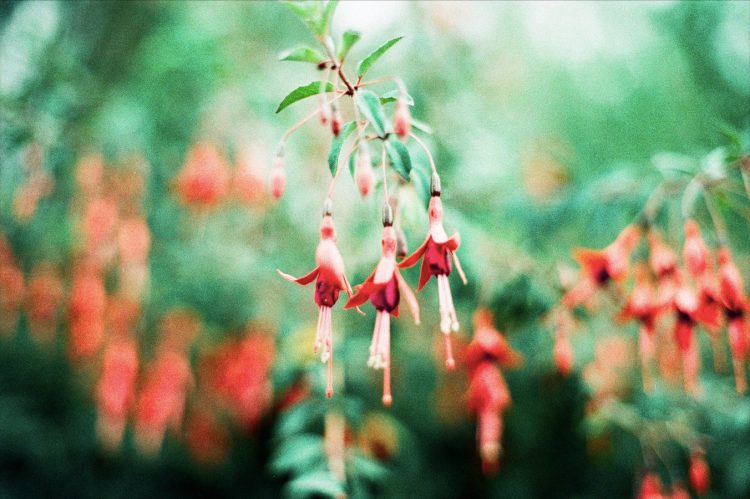

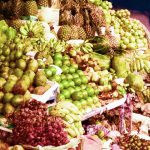

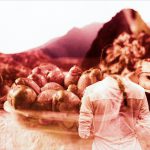
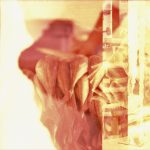
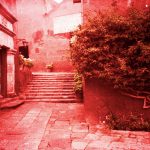
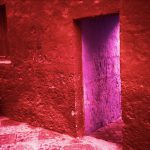
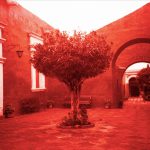


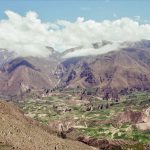
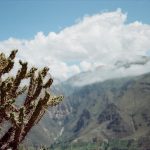
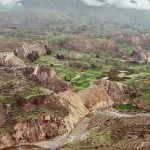



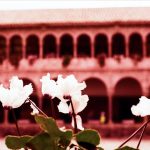




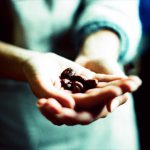
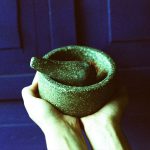
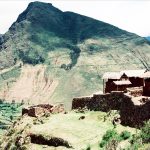


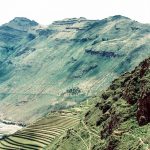
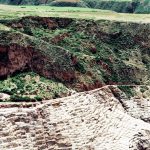
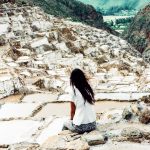
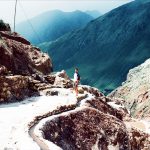


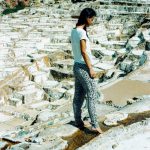
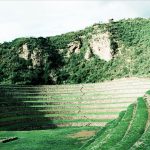

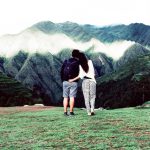



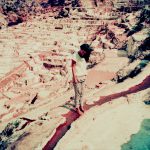
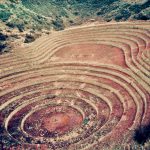
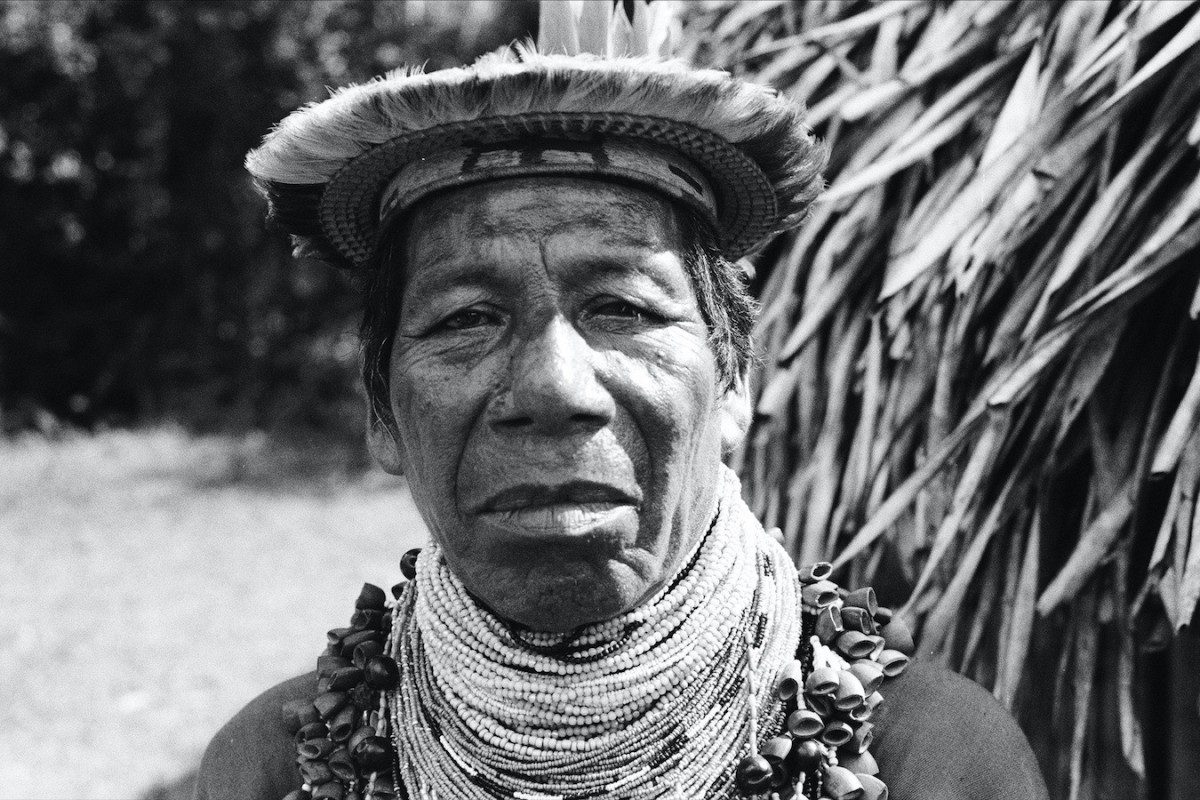


Leave a Reply